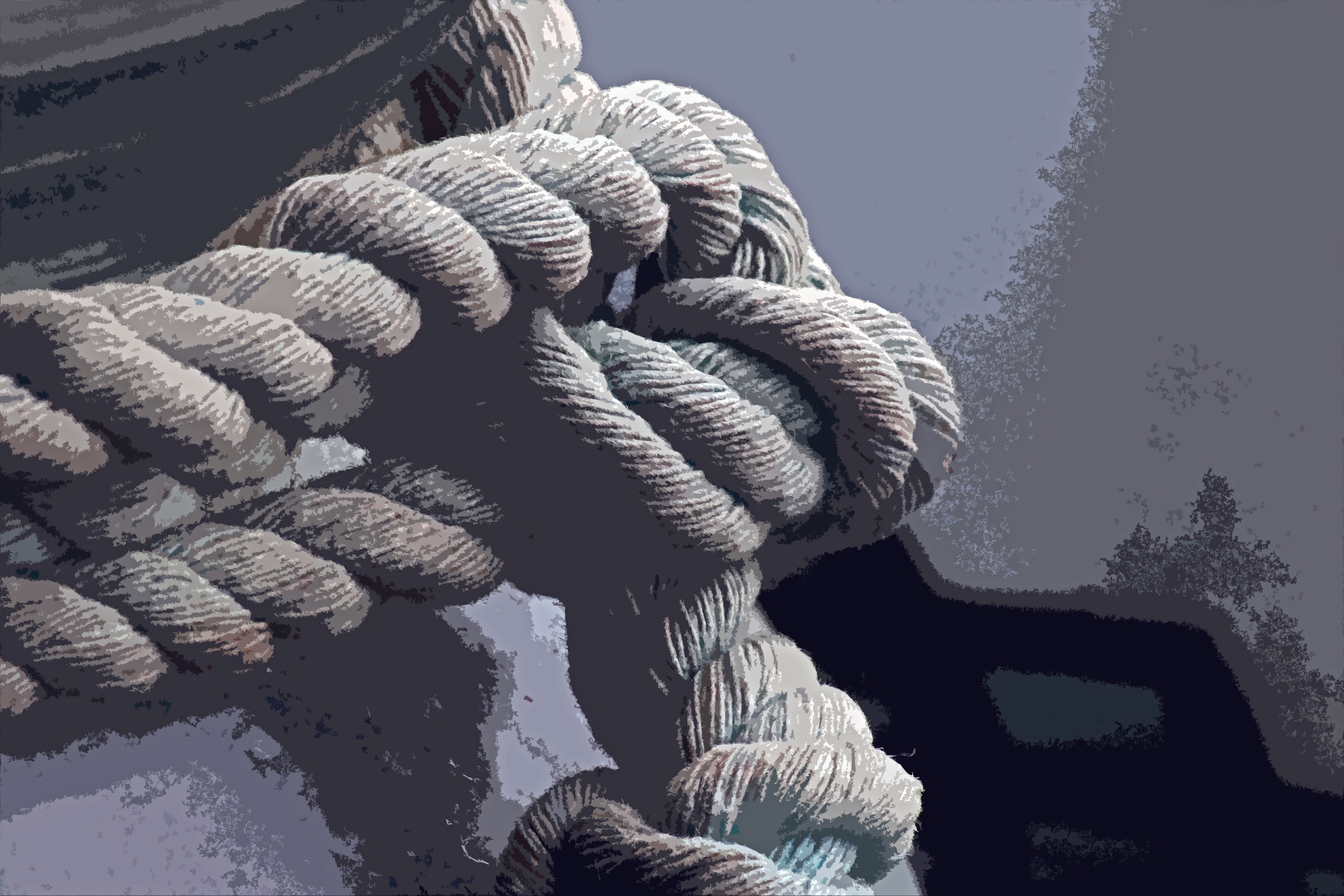Magetwine
Tying knots
Production of magetwine
There is a process that goes into making a strand of magetwine. You first need a simple strand of material, usually plant fibers, as a base. This material must be kept clean and moist to avoid drying and rotting. Then you need to be able to harness the Arcane energy.
Manifesting Arcane energy in a pure form is incredibly difficult. The process will take hours of consistent channeling to be able to produce even a little amount of physical energy. Once the amount of energy needed to imbue however much material you have has been obtained, you simply combine the two.
Dumping all the strands into the container that has the manifestation of energy inside of it, the energy will slowly begin to imbue itself into the strands. This can take days to weeks depending on just how much you are trying to create. During this process, the container is usually put to the side and allowed to mature until strands of magetwine are all that remains.
Manifesting Arcane energy in a pure form is incredibly difficult. The process will take hours of consistent channeling to be able to produce even a little amount of physical energy. Once the amount of energy needed to imbue however much material you have has been obtained, you simply combine the two.
Dumping all the strands into the container that has the manifestation of energy inside of it, the energy will slowly begin to imbue itself into the strands. This can take days to weeks depending on just how much you are trying to create. During this process, the container is usually put to the side and allowed to mature until strands of magetwine are all that remains.
Making the rope
Once you have the magetwine, producing the rope is like making any other kind of rope. Those who make the material professionally have developed machines to make the process easier, quicker, and produce a higher quality product.
Individual strands are threaded through slots on the device. When the strands are threaded on both sides, the strand is stretched out evenly from end-to-end. It can take 5 to 20 strands to produce a single rope, though this depends on the thickness and length of the rope needed and the size of the strands.
A wheel on the end of the device is turned, rotating the slots the strands are threaded through. This creates a perfectly braided rope as the strands wrap around one another.
Individual strands are threaded through slots on the device. When the strands are threaded on both sides, the strand is stretched out evenly from end-to-end. It can take 5 to 20 strands to produce a single rope, though this depends on the thickness and length of the rope needed and the size of the strands.
A wheel on the end of the device is turned, rotating the slots the strands are threaded through. This creates a perfectly braided rope as the strands wrap around one another.
Other unique qualities
- A common usage of magetwine still practiced in the present day is using it to produce baskets that serve as carriers or beds for infants. Not only can it be taught to protect the infant, but it can also be taught to retain and build warmth as well as diffuse heat if one is travelling is dangerous climates.
- There are some manuscripts depicting ways of using magetwine as a weapon. The rope can be thrown at an opponent and will actively attempt to bind or choke that opponent if it can manage to grab them. Another example is a drawing depicting a mage. This mage is wielding a staff that is nothing more than magetwine taught to strech out and keep itself solid.
- Magetwine is also use for various practical applications where rope would normally be used. Mage twine has been used on seafaring vessels, taught to rebuild itself should it ever be broken or cut. They can be used on siege weaponry like trebuchets and ballistas as well as ranged weapons like bows and crossbows to increase the distance of velocity of projectiles.


I have a very odd question... What if someone tried to turn their hair, still attached to their head, into magetwine? Might be useful, if creepy.
oooooo, nicely done, Using hair is common in Lartasia and is a favorite of blood mages in that nation. still attached though? hmmmmmmm dangerous... but more than possible.... once again you have a fantastic idea!